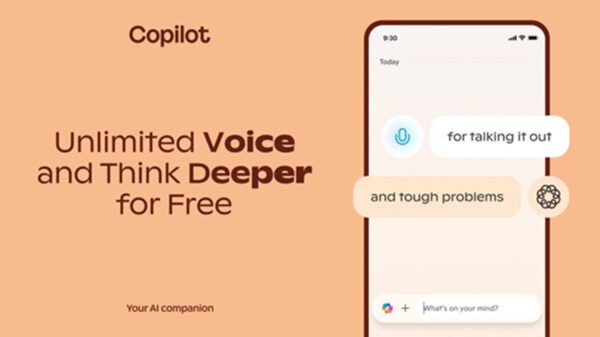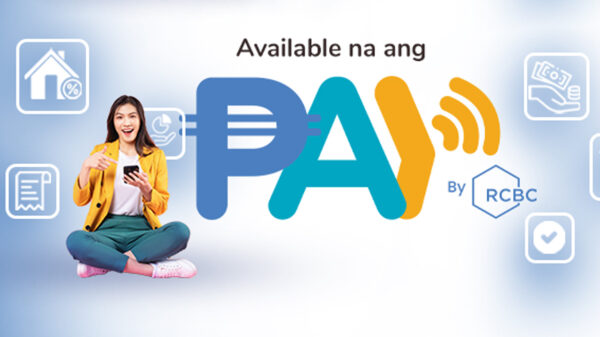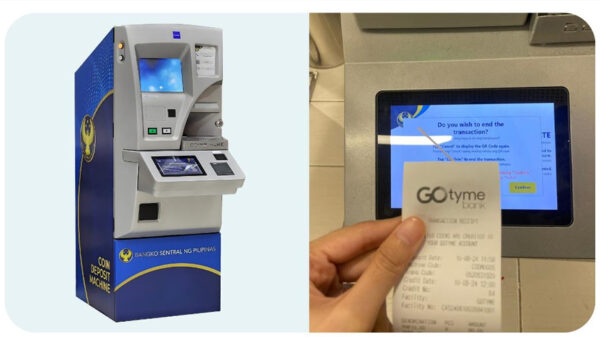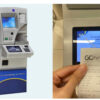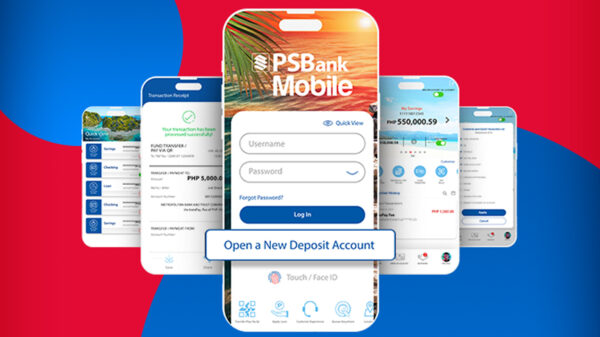 By Shridar Jayakumar, program director for Oracle Business Analytics, AP
By Shridar Jayakumar, program director for Oracle Business Analytics, AP
According to research firm Gallup, roughly 80% of customers in most large retail banks fail to turn a profit. “Prior to the financial crisis, this business model was acceptable because banks could generate substantial profit from the 20% of customers who were profitable, while generating economies of scale from those who were not,” the research firm said. But, in this era of increased regulation and tighter margins, financial institutions can no longer afford to tolerate this status quo, thus forcing them to focus on solving this increasingly perilous puzzle to achieve new levels of profitability.
Banks try to figure out the customers’ worth by endeavoring to achieve a ‘single view’ of each customer and their multiple relationships with the bank. They measure the current value of a customer relationship trying to understand the customers’ profitability, and most importantly how to optimize its potentials.
To gain a clearer, more comprehensive picture of the customers’ profitability, financial institutions need to look above and beyond the monetary value of a relationship. This involves understanding on the cost of acquiring and maintaining a customer, the associated risks, as well as the customers’ lifecycle potentials. Herein, lies the major challenges that many financial institutions face to seek extensive insights on customers.
The Customer Insight Quandary
Data Gathering and Integration Complexity – Most financial institutions have the inability to gain a single, comprehensive view of the customer due to stove-piped legacy systems. To understand a customer’s entire relationship with a bank, bankers must deal with multiple banking platforms, systems, and other channels including social media. These disparate datasets lead to multiple versions of the “truth” and preclude a 360-degree customer view. Even when organizations bring all of their customer data together through complex integrations, it must be married in a way that is readily usable and transact-able.
No Common Language – Financial institutions cannot make good decisions with bad data. Today’s financial firms, which have many lines of business and operate across numerous global regions, often lack a common lexicon across their organizations. The product definitions may not be standardized across geographic regions. For example, some firms face ambiguity when determining how many customers they serve – some define customers as just those with active accounts, while others count all individuals and organizations that have had a relationship – past or present – with the bank.
In addition, metrics available across the organization are not in uniform standards or formats. In this case, customer interaction may not be tracked to the same degree across all channels of the organization. A bank may have dedicated tracking across traditional channels such as branches, ATMs, and call centers, but more modern channels such as online, mobile, and social media may not be tracked to the same level of detail.
Inability to Act Quickly – Customer interactions in most financial institutions are not rapidly transmitted across the organization. Therefore, most banks do not have the ability to act quickly, such as presenting a special offer that might prevent a customer from moving accounts.
Other challenges include the high latency in retrieving insights to generate necessary reports, disconnection between analytical insight and business process, and the Big Data challenges.
In summary, banks face complex and imperfect data gathering and integration which result in analytic outputs that are highly resource dependent and further hinders informed and immediate business response.
Breaking Down Barriers
To better understand and optimize customer profitability, financial institutions must gain the ability to act more rapidly, decisively and productively. When assessing the legacy environment to fulfill the new profitability requirements, financial institutions should consider the following:
Is there a comprehensive, industry-specific, and unified data model that spans the enterprise?
To gain a 360-degree view of the customer, banks require a unified industry-specific data model that can accommodate information from all critical sources, including customer relationship management, risk, and enterprise performance management systems, social media channels, and more. The creation of a unified data model supporting all critical applications enables financial institutions to improve data quality and quantity. It also enables all parties across the enterprise are “speaking the same language” when assessing profitability and other customer dimensions.
Does the legacy environment provide pre-built statistical models that support more meaningful communication and engagement that expands relationships and reduces attrition?
For example, can we readily calculate an attrition model/score and cross-sell score as well as capture churn analysis and predict the customer’s future earnings to arrive at net present value and customer lifetime value projections? Pre-built models help save time and costs.
Is there deep, native, and flexible integrations between resource planning, risk management, governance, and compliance and performance management environments? Complete and reliable integration between these transactional and analytical applications enables firms to rapidly connect business intelligence with business processes, thus deliver the agility needed to bring new levels of intimacy to client relationships.
Can the systems support analytics 2.0 and 3.0? The role of analytics has grown exponentially in financial institutions starting with Analytics 1.0 – encompassing basic business intelligence and key indicators to assess past performance. More recently, the quest to make the most of big data dominated the era of Analytics 2.0. In the 3.0 era, analytics can be embedded as a part of real-time decision making. Today, banks can be looking to use transactional and social media information to identify customers most likely to switch banks, as well as those who may be preparing for important life events such as a marriage or baby. This critical insight allows them to engage more meaningfully and individually with their customers.
As firms focus their efforts on driving down cost-to-income ratios, sales and marketing operations find their budgets under unprecedented pressure. In this environment, the choice is clear. They must invest wisely to boost customer profitability – making every dollar and interaction count like never before.
Customer insight is the key to understanding, predicting, and, most important, optimizing customer profitability. As organizations rethink their approach to customer profitability, they can seek next-generation analytical infrastructures that break down silos and help provide them full command of the extensive and valuable data within their organizations.





















































